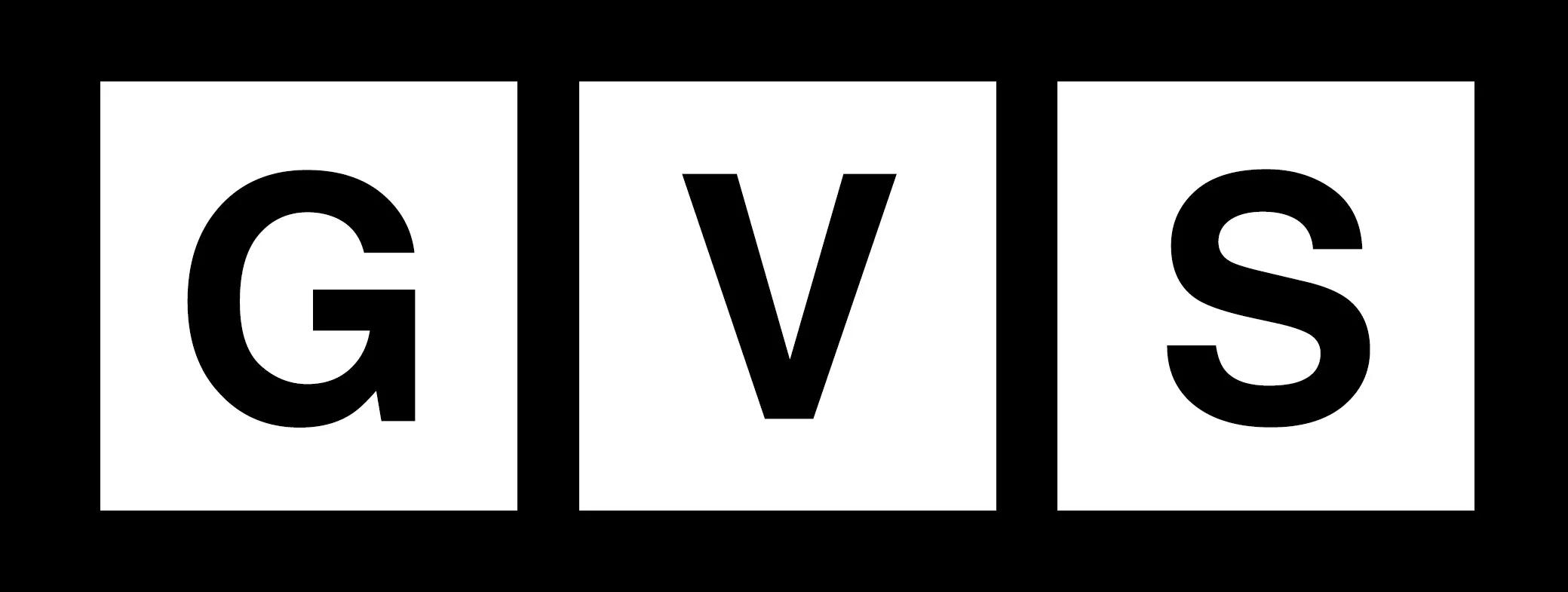Caterpillar Inc. has recently made significant adjustments to its employee programs, shifting the focus towards core business objectives. This decision is part of a broader reassessment of the company’s Code of Conduct and corporate culture, which has stirred discussions among advocates of diversity, equity, and inclusion (DEI). Critics argue that this pivot could have long-term detrimental effects on the company and its workforce.
In a memo dated September 19, Caterpillar’s executive office outlined new guidelines that emphasize aligning employee initiatives with the company’s enterprise strategy. These changes come at a time when many U.S. companies are reevaluating their DEI policies, often in response to pressure from conservative activists. The memo mandates that senior management must approve external speakers at company events, and employee training programs are now required to concentrate solely on promoting high performance. Additionally, the guidelines stipulate that any initiatives aimed at recognizing employees must align with business objectives and receive upper management approval.
The memo explicitly states, “All training, both formal and informal, must be focused on our business and designed to foster high performance and execution of our enterprise strategy.” This marks a significant shift from previous practices where DEI initiatives were more prominent. Employee Resource Groups (ERGs), which were designed to foster an inclusive culture, must now explicitly support the enterprise strategy, with further guidelines promised in the near future.
The changes have drawn attention from activists like Robby Starbuck, who has been vocal against DEI programs in various companies. In a recent social media post, Starbuck claimed that his communication with Caterpillar had prompted these changes, suggesting that the company was reacting to his threats to expose what he termed “woke policies.” He characterized the new guidelines as a move away from “woke” training and a ban on donations to divisive events, asserting that the workplace should be a neutral environment free from ideological pressures.
While Caterpillar has not publicly confirmed whether Starbuck’s activism influenced their decision, the broader trend among corporations is evident. Companies like Ford, Harley-Davidson, and Molson Coors have also revised their DEI policies in recent months, often in response to similar pressures.
However, the implications of such a shift are concerning to many advocates. The Human Rights Campaign (HRC), along with other civil rights organizations, has warned that abandoning DEI initiatives could have severe consequences for business success. A letter from HRC highlighted that companies with diverse workforces typically outperform their peers financially. They argue that neglecting DEI efforts limits a company’s ability to attract and retain top talent, ultimately undermining its performance.
Research supports this perspective. A McKinsey & Company report found that organizations with greater gender and ethnic diversity are more likely to outperform their less diverse counterparts. The HRC’s Corporate Equality Index, which evaluates companies on their DEI practices, serves as a benchmark for corporate policies that support LGBTQ+ employees. The index has become a critical tool for consumers and employees alike, reflecting a company’s commitment to inclusivity.
As Caterpillar and other companies reconsider their DEI strategies, the potential fallout could impact not only employee morale but also the broader business landscape. The HRC has pointed out that an “extreme group of right-wing activists” is pressuring companies to abandon their DEI programs, which could lead to a homogenization of corporate culture that stifles innovation and growth.
The conversation surrounding DEI is complex and multifaceted. While some argue that focusing on core business goals is essential for profitability, others caution that neglecting diversity and inclusion can hinder a company’s long-term success. As Caterpillar navigates this challenging landscape, the balance between business objectives and fostering an inclusive workplace will be crucial. The company’s future decisions will likely be scrutinized, not only by its employees but also by the public and advocacy groups invested in the principles of diversity and equity.
